How Domo simplifies multi-cloud computing
Domo
JUNE 15, 2022
That means your data apps can run on Snowflake right alongside data stored in Domo—and even alongside your Databricks lakehouse—in one seamless experience. No moving or copying data—ever. You get all of this agility with none of the expected trade-offs in performance.

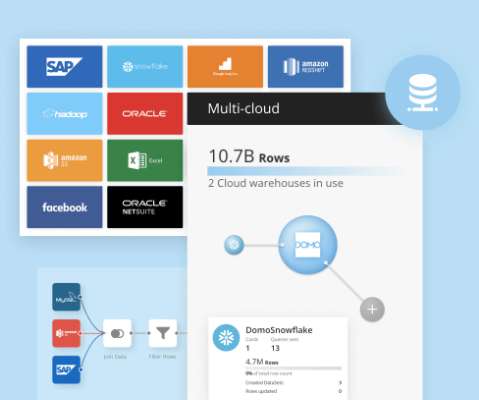
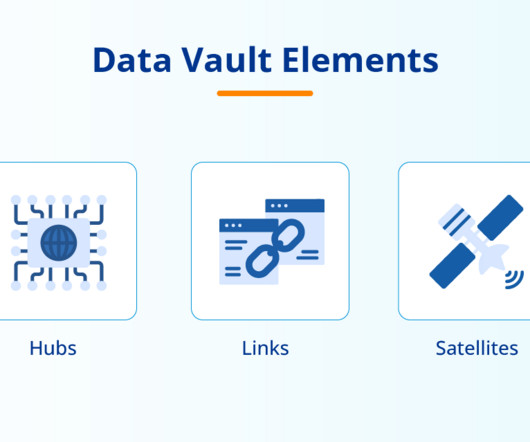
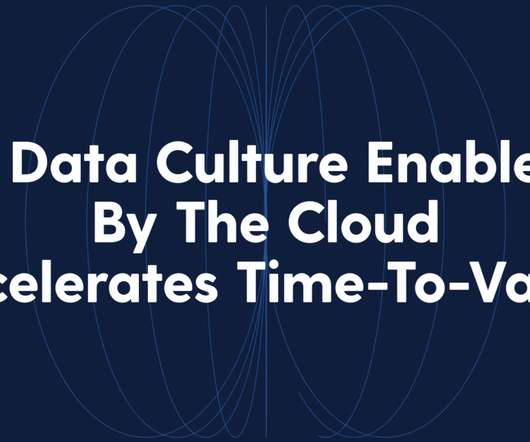


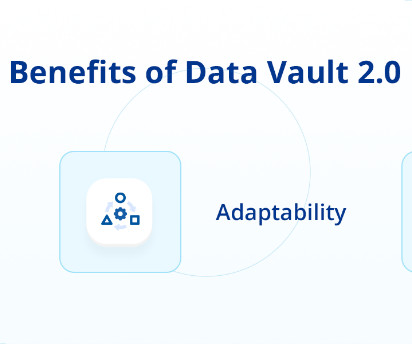
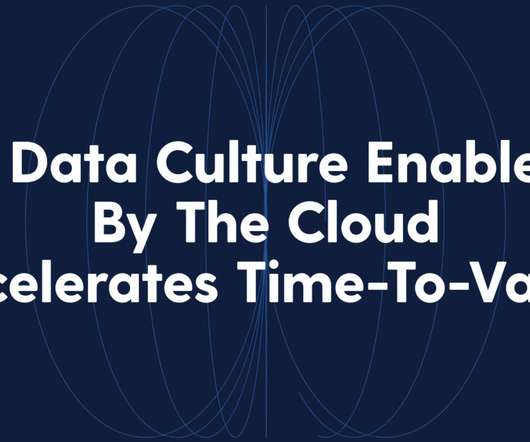












Let's personalize your content